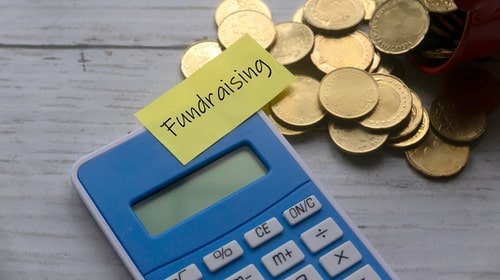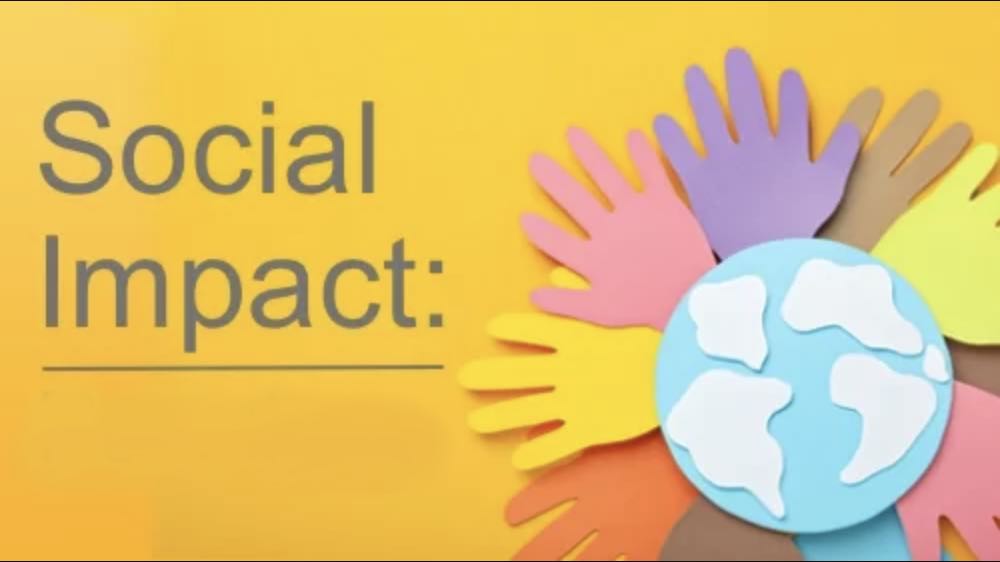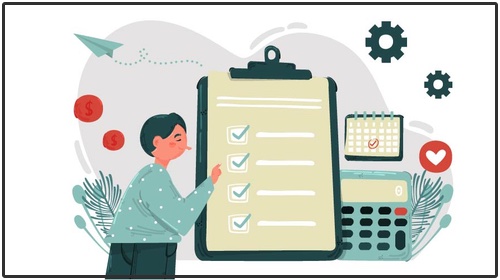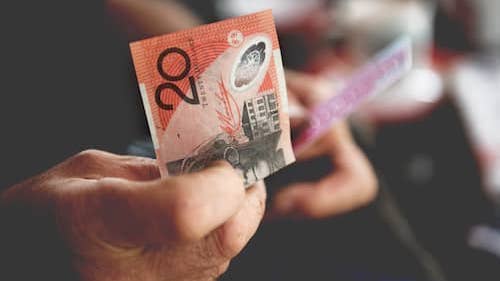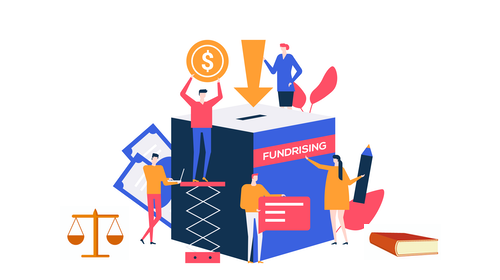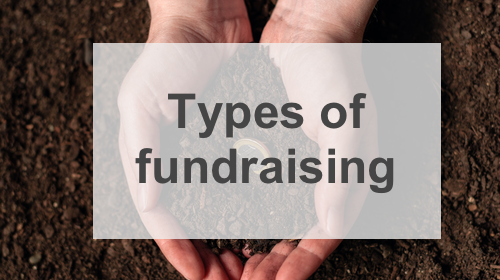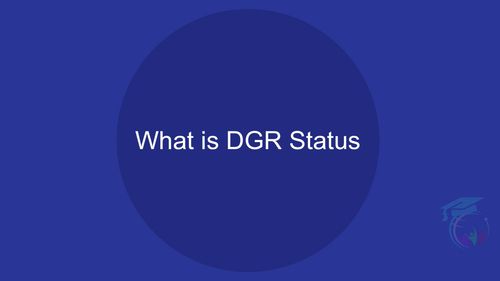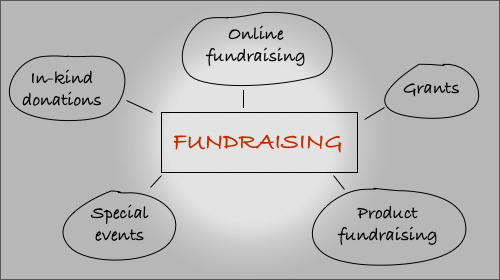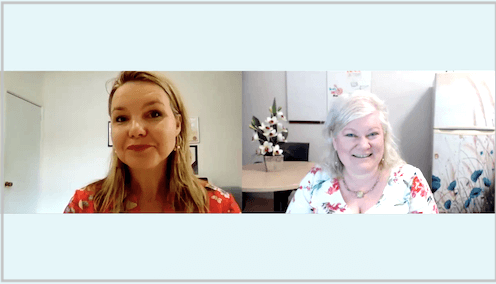Get Sponsors to Say Yes
Sponsorship is about building relationships with organisations that share your values and goals.
Authored by: iClick2Learn Team
Translate Text
Table of Contents
Introduction
Sponsorship is where a company or business (sometimes an individual) pays you in cash or goods, in return for promotion.
For example, you’re organising a large conference, which will also serve as a fundraiser. But you can’t afford to hire a location. A sponsor could either pay for the location expenses, or if they own a suitable location, donate it for your event.
What do they get in return? Generally advertising space in all your promotion and marketing material, but each individual sponsorship agreement will be different.
Influencing Sponsors
Influencing sponsors isn’t just about developing really good relationships, you must also deliver a commercial and social return.
That return can be many things to a sponsor for example, aligning branding to gain more sales through your advertising campaigns. It could be an opportunity for their staff to participate in the event or to garner community awareness that they are giving back locally through their Corporate Social Responsibility program.
Procuring sponsorship brings with it many highs and lows. The excitement when they say ‘yes’ (and you actually have it in writing!), to the weeks where you receive, no after no.
One truth we must all accept is that sponsors like to be aligned with positive and energetic organisations.
I’m sure you have heard the adage ‘people are attracted to success’— it’s so true!
I’ve seen this many times, where a committee get’s so tired they decide not to run an event again, only to have another group take up the challenge. With their motivation and enthusiasm, they manage to obtain sponsorship income that far exceeds that of the previous year’s event (yes, I’m talking cash – not just in-kind!).
There are many ways that we have influence at the decision table, although much of our work needs to be done well in advance of the decision and while there are a lot of finer points such as the language you use. How you determine brand impression, how you present the package and the angle you sell it, ultimately it’s really down to how you market and present your organisation and what you’re offering.
8 Sponsorship Tips
Keep these tips in mind when you are planning your next sponsorship drive.
Value
Interestingly, many undermine the true social value of their sponsorship. Be sure to research the sponsor and suggest ways that they can cross-market your activity as well to gain the most from the ‘brand love’ they receive being aligned with a community organisation.
Need
Need is really difficult for people to articulate. You must be very clear about why you need to have the event or run the project/program. Focus on selling the benefits, not the features!
Share the love
Friends are there for a reason or a season! Don’t despair if a previous sponsor decides it’s time to move on. Find out why they are moving on. Many do because they need to be seen engaging with other community groups and sharing it around, or they may have a policy change. Be sure to ask them for a testimonial to use in your sponsorship pitch and a recommendation or introduction to another business.
Logo overload
Ensure your sponsorship package isn’t just filled with logo placements. What else can the sponsor and/or their staff be involved in? If they are in marketing, then perhaps they can help to develop and/or review your marketing plan?
Understand their investment
Understand what drives their investment. Some need you to talk cold hard facts about what target market you are covering and how many brand impressions they will receive. Others are purely interested in the social return. If you can better understand their drivers and motivations towards sponsorship, you’ll be in a better position to start influencing them.
The Early bird catches the worm! You need to plan so that you are starting to procure sponsorship a minimum of eight months before the first promotional activity.
No is not a stop sign
Don’t get disheartened, it’s an acronym for what’s the Next Offer you can make them or if it just doesn’t align, what’s your Next Option and Next Opportunity?
Create a calendar
Calendars of opportunities are great things, be sure to give one to your sponsors. This is a calendar of all the marketing opportunities you have identified you will be undertaking. It’s not just the media launch they should be attending or photographed at. Stage a series of media opportunities in the lead up to, during and after the activity.
Be direct
Enough of the fluffy, airy-fairy language pleases! Don’t use words such as ‘we expect’; ‘we believe’ or ‘we plan to’. Be direct; straight to the point and tell them exactly what you will do for them. Treat it seriously and give them a contract/letter of agreement outlining exactly what you will do and what they will do. Be sure to regularly report on your progress and don’t leave it until their final sponsorship report arrives!
Conclusion
Fundraising can take many forms and sponsorship is only of the tools in your fundraising kit. Remember, sponsorship is about building relationships with businesses that share your values and goals. Yes, they can provide you with money and resources, but your organisation has a lot to offer them as well.
Related posts
- Tags | Fundraising, Sponsorship

